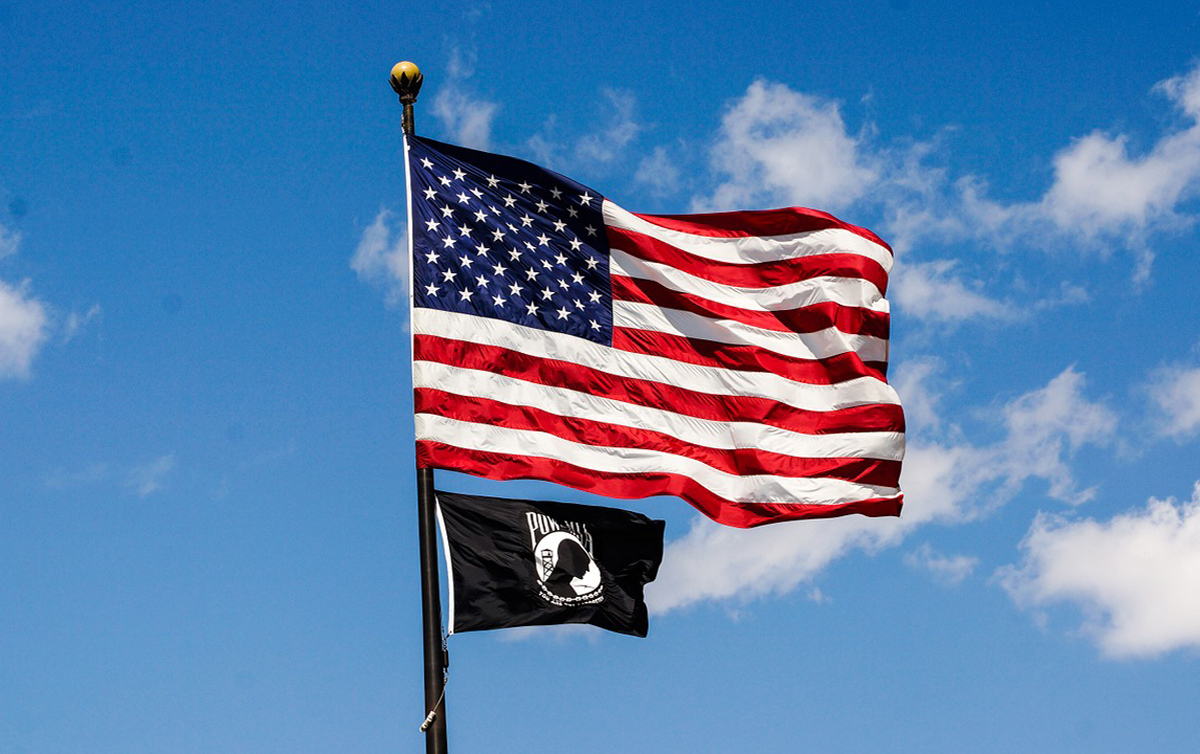
POW/MIA forensic anthropologist presents at WWI centennial event
By Shiree Roberts
This year marks the 100th anniversary of the end of World War I. To commemorate this centennial event, Southern Utah University and Project Archaeology are holding a community presentation titled “Frontline Forensics: Changing the Fate of the Unknown Soldier” that will explore the work that goes on to return soldiers who fall abroad to their families. The event will take place Oct. 25 at 7 p.m. in the Cedar North Elementary School gymnasium.
SUU is sponsoring an address by Dr. Penny Minturn, a forensic anthropologist employed by the United States Government Defense POW/MIA Accounting Agency. Minturn’s presentation will describe her fascinating work excavating and identifying the remains of missing soldiers and how she has been able to work with people around the world to bring these soldiers back to their homeland. Minturn has had a long and varied career. Most recently, she has been selected as one of the scientists who will work to identify the soldiers recently returned from North Korea.
In addition to Minturn’s presentation, the evening will also feature local retired Naval Captain Ron Lewis, who was a Navy helicopter pilot and has dedicated his retirement years to raising awareness about the POW/MIA issue. There will also be a brief choral performance by students from Canyon View High School.
World War I was the first war that left large numbers of American citizens buried abroad, many lacking identification. In the years that followed the end of the war, the U.S. and other countries created monuments to those unidentified soldiers to honor their sacrifice. America’s Tomb of the Unknown Soldier at Arlington National Cemetery is the final resting place for three soldiers: one killed in WWI, one killed in WWII, and one killed in the Korean War.
Over time, there have been changes in the fates of soldiers who fall in the line of duty. For one thing, the option to bury soldiers abroad ended in the Korean War. Significantly, advances in forensic science have meant that fallen soldiers can now be identified, even if they suffered significant injuries.
Cedar North Elementary School is located at 550 W 200 N in Cedar City. For more information, contact Shiree Roberts at robe0643@suu.edu.
Articles related to “POW/MIA forensic anthropologist presents at WWI centennial event”
A patriot should not bow to the southern Utah theocratic oligarchy
Letter to the editor: Is Rep. Chris Stewart putting Israeli interests before our own?
I fought for our country, now NFL players are kneeling for me



